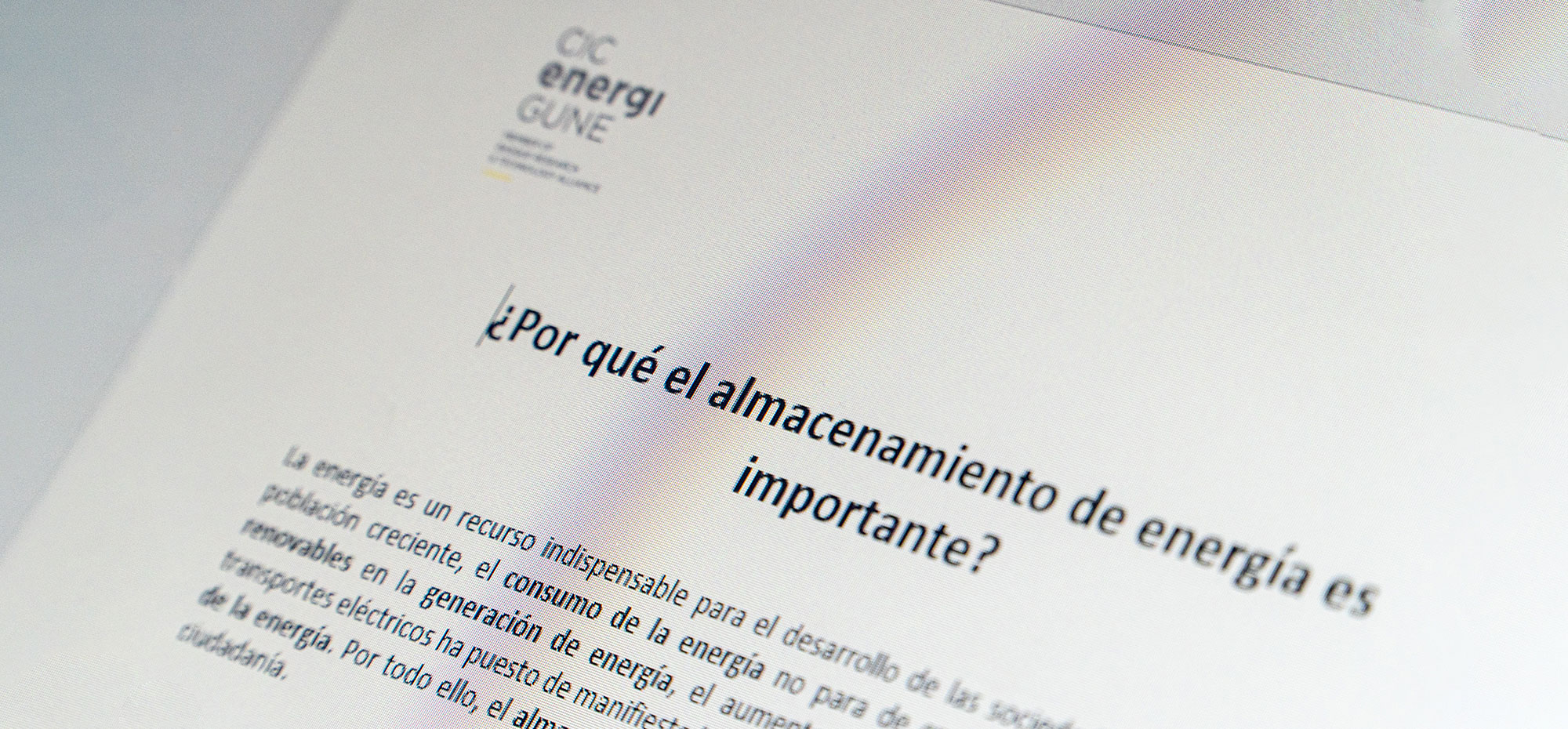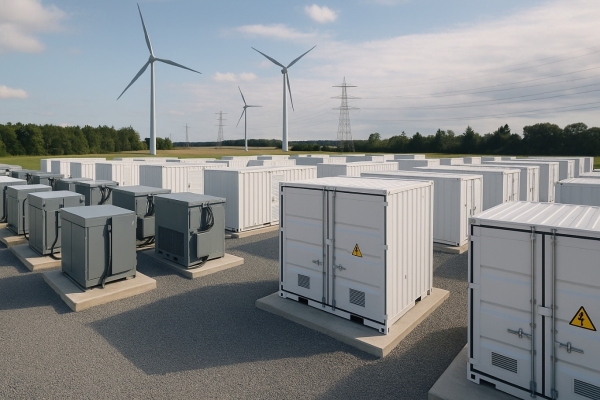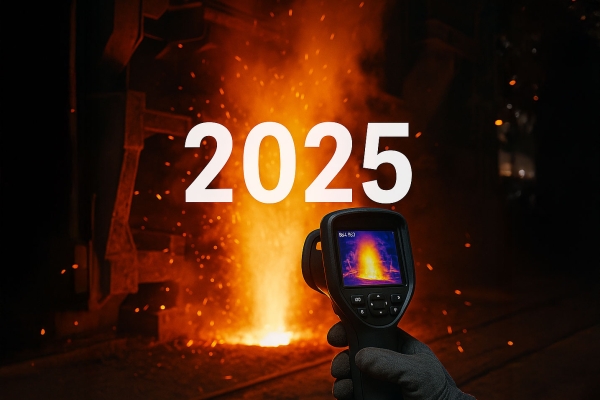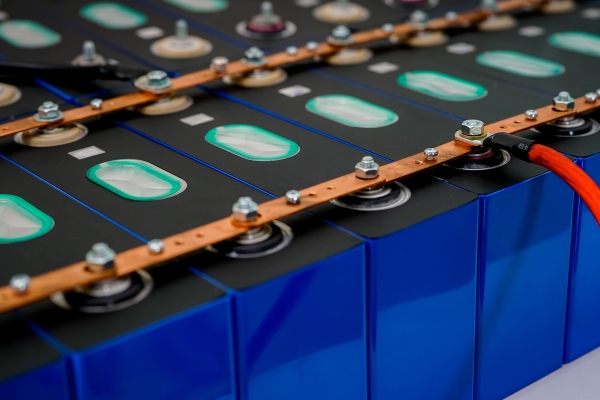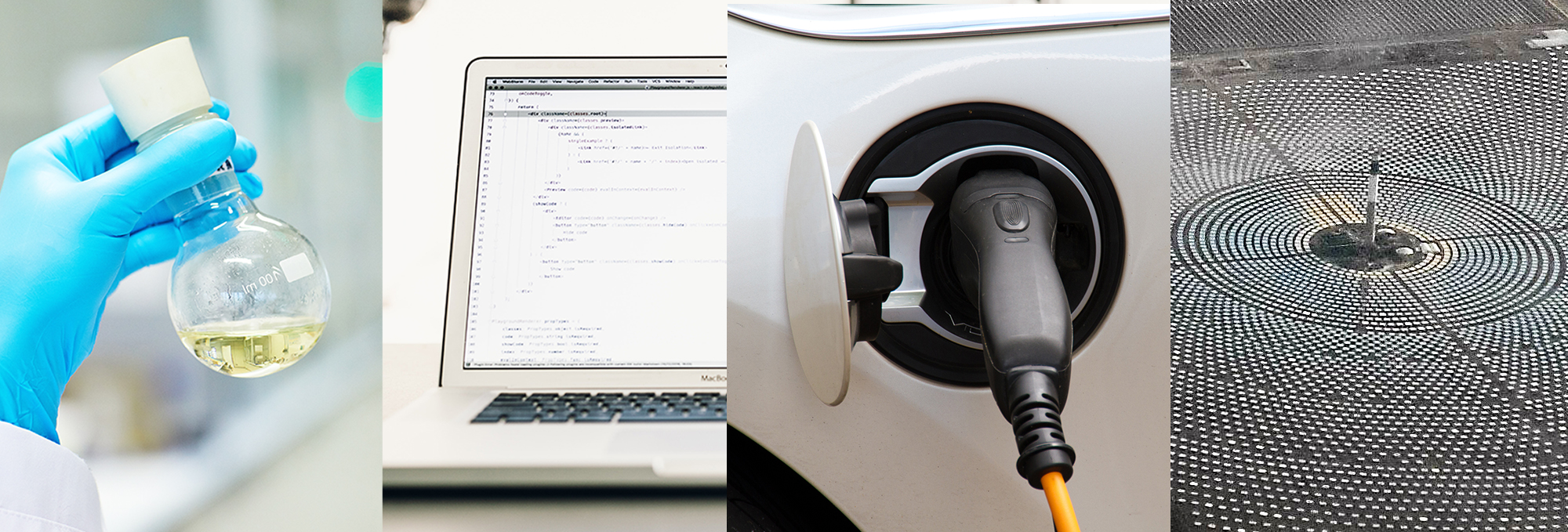Its role is vital in the processing, storage and distribution of data, making it key to the structural underpinning behind digital services as diverse as e-commerce, streaming, social media, cloud platforms, artificial intelligence and the Internet of Things (IoT).
The exponential growth in the volume of data generated daily, as well as the need for real-time access, has driven a sustained expansion of the sector. Today, the global datacentre market is expected to exceed €450 billion by 2030, thanks to compound annual growth rates (CAGRs) of more than 10% in many regions according to sources such as Grand View Research and Statista. This development is driven by both the rise of digital consumption and the need for increasingly resource-intensive workload processing.
In turn, data centres represent a key opportunity for technological innovation, new application development and operational efficiency across multiple industries. Sectors such as banking, healthcare, manufacturing, logistics and public administration increasingly rely on these infrastructures to ensure business continuity and deliver intelligent data-driven services.
However, this growth also brings with it significant challenges. One of the most relevant is the energy consumption associated with these facilities, which require a constant, stable and increasingly sustainable power supply.
In this context, energy storage is emerging as a strategic component to guarantee not only the operational resilience of data centres in the event of outages or fluctuations in supply, but also to facilitate their transition towards more sustainable energy models, integrating renewable sources and improving the overall energy efficiency of the system.
Different alternatives to respond to a major future challenge
Lithium-ion batteries are currently the most widespread technology in datacentre applications, thanks to their high efficiency, reliability and responsiveness to supply disruptions. However, the industry is already exploring and developing other alternative technologies with specific advantages depending on operational needs.
These include redox flow batteries, which offer greater scalability and durability compared to traditional solutions; solid-state batteries, which promise higher energy density and operational safety; and sodium batteries, still at an early stage of commercial development, but with potential as a more abundant and lower-cost option.
Thermal systems, which allow better management of peak loads, and mechanical storage devices such as flywheels, which provide instantaneous energy during critical transitions, are also being evaluated.

